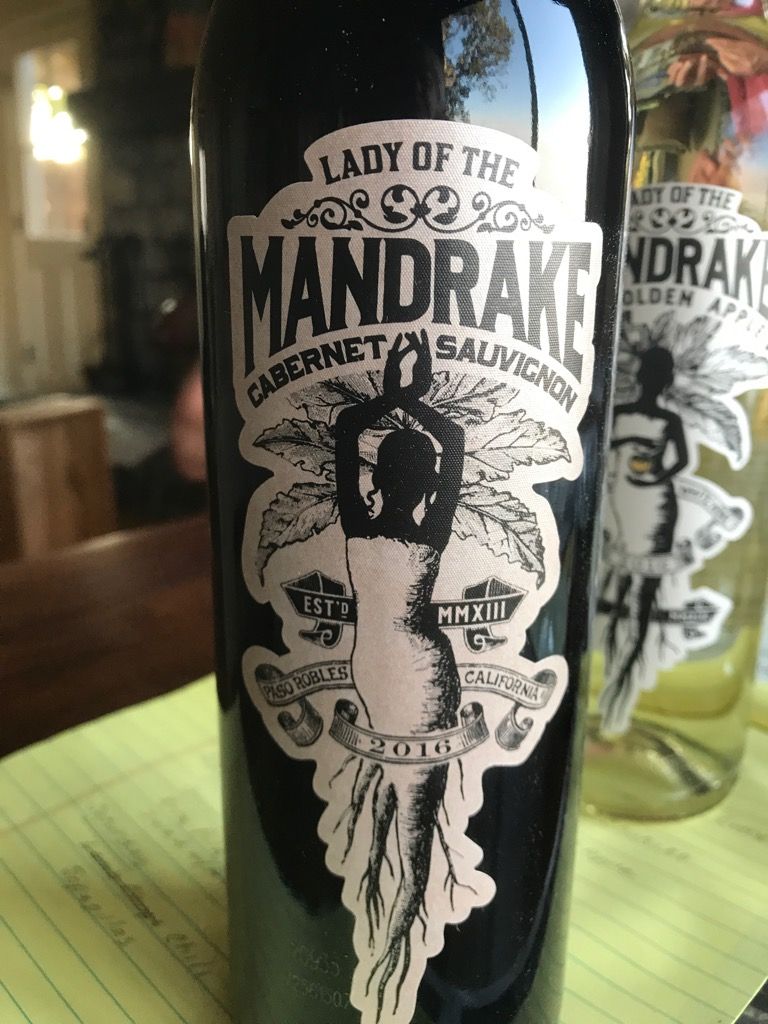

The Anglo-Saxons considered mandrake, as well as periwinkle, the definitive herbs for use in cases of demonic possession. The name Mandragora comes from the Greek meaning “hurtful to cattle”. Ingestion of a small amount is said to increase psychic abilities and creativity, but this is not recommended as mandrake is poison.Īdd a bit of mandrake root to your moon water preparation for ritual use, but remember that it is toxic, so don’t drink it! History and Folklore Mandrake intensifies magick in any situation. The berries, as well as the root, are used in charms to increase fertility. It can also be carved into various shapes for magical use. Placed on top of money, it will make the money multiply.Ī mandrake root can be used as a poppet for sympathetic magic. It will also prevent demons from entering. Mandrake is masculine, ruled by Mercury and fire and associated with Circe, Hecate, Diana, Hathor, and Saturn.Ī dried mandrake root placed on the mantelpiece will protect and bring happiness and prosperity to the household. Pieces were also given patients to chew when they were about to undergo surgery.Įxternally, the roots combined with alcohol make a rub for rheumatism. It is said in large doses to incite delirium and madness, though it was once used as a sleep aid, for those who were in too much pain to sleep.

The root is a powerful emetic and hallucinogen and if used internally, only with great caution, if at all. The leaves can be boiled in milk and used as a poultice for external ulcers. This plant is poison! While it has been historically used medicinally, there are many safer options available to you today. The roots should be dug in the third or fourth year.
#MANDRAKE WINE FULL#
Keep it in a sheltered position in full sun. They should be kept moist and weed-free and not transplanted after the first year. Seeds should be as fresh as possible and scattered over well-tilled, light soil in the fall. The roots resemble a parsnip and can run up to four feet deep underground. The smell of the plant is generally unpleasant. Flowers appear each on a separate stalk and are bell-shaped and white with a purplish tinge. Mandrake has large, broad leaves that emerge directly from the base in a circular cluster. Other names European Mandrake, Mandragora, Mandrake, Mandrake Apple, Pome Di Tchin, Satan’s Apple, herb of Circe, witches mannikin, sorcerer’s root, main-de-gloire, hand of glory, mangloire Description eriktx (CC0), Pixabay


 0 kommentar(er)
0 kommentar(er)
